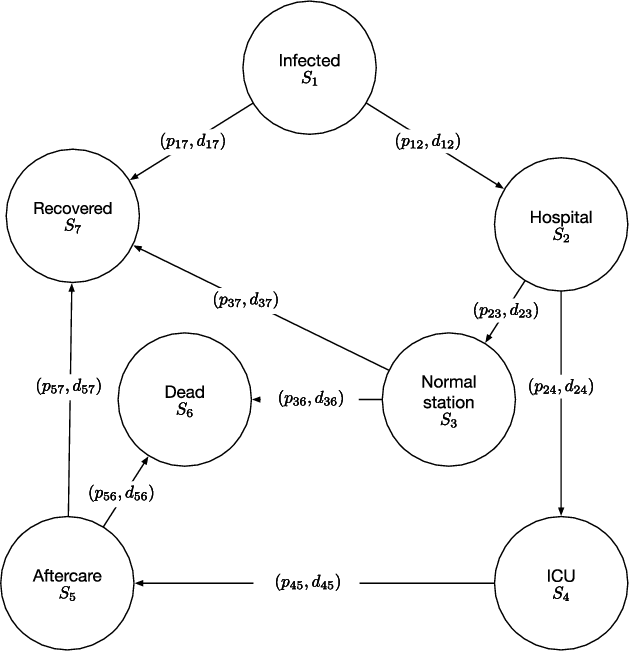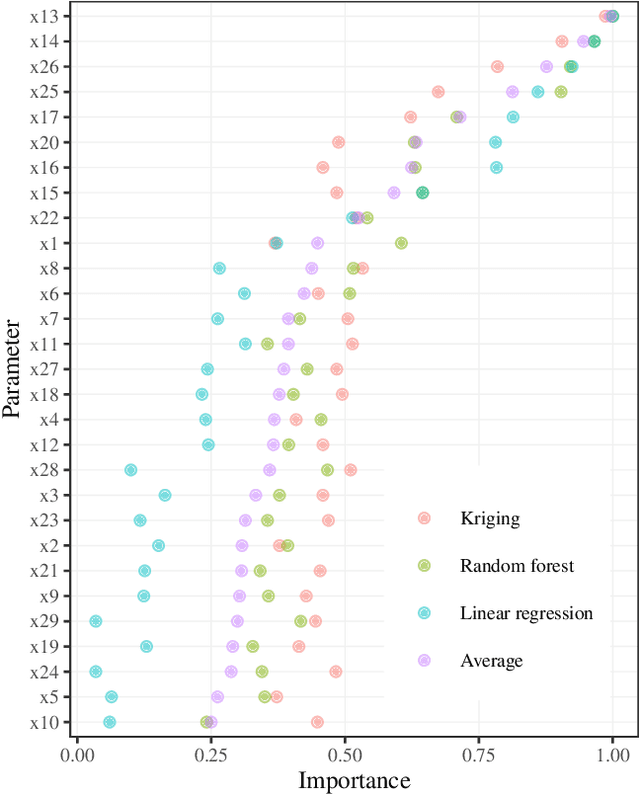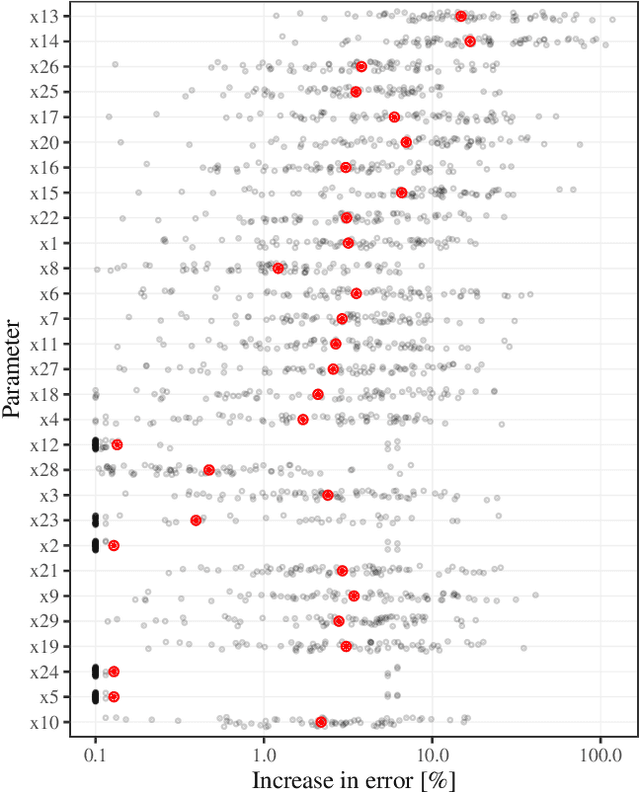Alexander Hinterleitner
Tuning for Trustworthiness -- Balancing Performance and Explanation Consistency in Neural Network Optimization
May 12, 2025Abstract:Despite the growing interest in Explainable Artificial Intelligence (XAI), explainability is rarely considered during hyperparameter tuning or neural architecture optimization, where the focus remains primarily on minimizing predictive loss. In this work, we introduce the novel concept of XAI consistency, defined as the agreement among different feature attribution methods, and propose new metrics to quantify it. For the first time, we integrate XAI consistency directly into the hyperparameter tuning objective, creating a multi-objective optimization framework that balances predictive performance with explanation robustness. Implemented within the Sequential Parameter Optimization Toolbox (SPOT), our approach uses both weighted aggregation and desirability-based strategies to guide model selection. Through our proposed framework and supporting tools, we explore the impact of incorporating XAI consistency into the optimization process. This enables us to characterize distinct regions in the architecture configuration space: one region with poor performance and comparatively low interpretability, another with strong predictive performance but weak interpretability due to low \gls{xai} consistency, and a trade-off region that balances both objectives by offering high interpretability alongside competitive performance. Beyond introducing this novel approach, our research provides a foundation for future investigations into whether models from the trade-off zone-balancing performance loss and XAI consistency-exhibit greater robustness by avoiding overfitting to training performance, thereby leading to more reliable predictions on out-of-distribution data.
Bed-Attached Vibration Sensor System: A Machine Learning Approach for Fall Detection in Nursing Homes
Dec 06, 2024Abstract:The increasing shortage of nursing staff and the acute risk of falls in nursing homes pose significant challenges for the healthcare system. This study presents the development of an automated fall detection system integrated into care beds, aimed at enhancing patient safety without compromising privacy through wearables or video monitoring. Mechanical vibrations transmitted through the bed frame are processed using a short-time Fourier transform, enabling robust classification of distinct human fall patterns with a convolutional neural network. Challenges pertaining to the quantity and diversity of the data are addressed, proposing the generation of additional data with a specific emphasis on enhancing variation. While the model shows promising results in distinguishing fall events from noise using lab data, further testing in real-world environments is recommended for validation and improvement. Despite limited available data, the proposed system shows the potential for an accurate and rapid response to falls, mitigating health implications, and addressing the needs of an aging population. This case study was performed as part of the ZIM Project. Further research on sensors enhanced by artificial intelligence will be continued in the ShapeFuture Project.
Enhancing Feature Selection and Interpretability in AI Regression Tasks Through Feature Attribution
Sep 25, 2024Abstract:Research in Explainable Artificial Intelligence (XAI) is increasing, aiming to make deep learning models more transparent. Most XAI methods focus on justifying the decisions made by Artificial Intelligence (AI) systems in security-relevant applications. However, relatively little attention has been given to using these methods to improve the performance and robustness of deep learning algorithms. Additionally, much of the existing XAI work primarily addresses classification problems. In this study, we investigate the potential of feature attribution methods to filter out uninformative features in input data for regression problems, thereby improving the accuracy and stability of predictions. We introduce a feature selection pipeline that combines Integrated Gradients with k-means clustering to select an optimal set of variables from the initial data space. To validate the effectiveness of this approach, we apply it to a real-world industrial problem - blade vibration analysis in the development process of turbo machinery.
Resource Planning for Hospitals Under Special Consideration of the COVID-19 Pandemic: Optimization and Sensitivity Analysis
May 16, 2021



Abstract:Crises like the COVID-19 pandemic pose a serious challenge to health-care institutions. They need to plan the resources required for handling the increased load, for instance, hospital beds and ventilators. To support the resource planning of local health authorities from the Cologne region, BaBSim.Hospital, a tool for capacity planning based on discrete event simulation, was created. The predictive quality of the simulation is determined by 29 parameters. Reasonable default values of these parameters were obtained in detailed discussions with medical professionals. We aim to investigate and optimize these parameters to improve BaBSim.Hospital. First approaches with "out-of-the-box" optimization algorithms failed. Implementing a surrogate-based optimization approach generated useful results in a reasonable time. To understand the behavior of the algorithm and to get valuable insights into the fitness landscape, an in-depth sensitivity analysis was performed. The sensitivity analysis is crucial for the optimization process because it allows focusing the optimization on the most important parameters. We illustrate how this reduces the problem dimension without compromising the resulting accuracy. The presented approach is applicable to many other real-world problems, e.g., the development of new elevator systems to cover the last mile or simulation of student flow in academic study periods.
 Add to Chrome
Add to Chrome Add to Firefox
Add to Firefox Add to Edge
Add to Edge